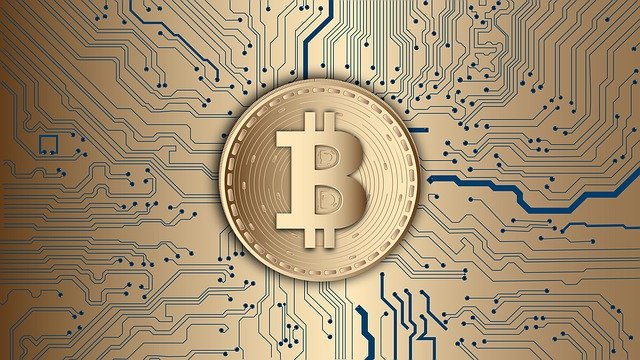
Blockchain has been with us since 2008 when Satoshi Nakamoto coined the term to describe a concept of blocks of encrypted data linked through a network chain.
It sounds simple enough to have been thought of years before but because of changes in the way computer systems have advanced is now one of the leading contenders for technology of this century.
The main application has been in bitcoin currency which most of us understand has a form of monetary value. Unlike ‘fiat’ currency which is normal coins and notes to us, bitcoin is a form of computer derived currency. It is said to be free of inflation because only a finite number of bitcoins exist.
Whilst this might be the most useful application, blockchain technology has applications in the food industry too.
The Application Of Blockchain In Food Systems
The basis of blockchain is that it permits transactions to be gathered into blocks and recorded. The result of this is a ledger which can then be accessed by different servers. The ledger itself is an encompassing technology in its own right called the Distributed Ledger Technology (DLT).
This technology is a software tool which is based on a common database amongst all participants (Casino et al., 2019; Ismail & Materwala, 2019).
The blocks are cryptographically chained together in a chronological sequence which means it lends itself extremely well to traceability.
One of the critical features is that it is a single central system which is controlled by a government or a brand. The model is so distributed that all actors, customers and suppliers can access the supply chain and have their own copies of any record. It only works for them if they are allowed access. A blockchain is an open system allowing anyone on it but private because membership can be controlled.
The system is not 100% foolproof but the technology that underlays it is very secure.
Traceability in this context refers to detailed information on transactions in the food supply chain. It starts with a source such as grower or food producer and ends with an end user such as the customer. Throughout the process there is transparency and traceability which makes fraud extremely difficult to perpetrate.
Some examples include rapidly determining the cause of a foodborne illness or catching the perpetrator of a fraud.
A number of businesses use blockchain technology to examine their own supply chain. They can also share this data with their customers. Coffee is a good example of this practice.
Nestle for example used the IBM Food Trust blockchain technology platform on its own Zoégas coffee brand. The company partnered with a third party environmental organization, The Rainforest Alliance. The intention was for the alliance to provide their own information on certification so that traceability for the coffee was traceable. It meant there was an independent body providing information on another business. If you have the IBM Food Trust blockchain platform then you have accessibility to this information.
One of the consequences of a business like nestle having access to a blockchain platform is to allow consumers access to this platform so that can see what is traceable and sustainable. In the coffee example, customers could scan a QR code on the package and so follow the path the coffee they had purchased from picking to the bag they would have purchased. This data included information about the farmers, time of harvest, transaction certificate for the specific shipments, as well as roasting period.
Nespresso are tracking their coffee suppliers from Zimbabwe. Likewise, Starbucks are using Microsoft’s Azure Blockchain to ensure coffee traceability.
Another example of an agritech business using blockchain is the Swiss business, Farmer Connect. This business operates with software from IBM to link smallholding farmers into the global food supply chain.
In the meat industry, purchasers of chickens for example can monitor when the poultry was slaughtered and then processed.
Food Fraud
Blockchain has been used to suppress food fraud. By digitizing all the transactions or ‘blocks’ at each point along the supply chain, it removes the need for intermediates because everyone can view the progress of a block along the supply chain. Each block is encrypted using a unique, non-manipulative identifier. As a result, the supply chain is transparent.
One consequence is that a block can be tracked in real time which removes the need for any time-consuming and fraudulent document processing.
Recent reviews on the subject are available. Check out Shiraishi et al., 2025 who have brought the subject matter up to date.
References
, , & (2019). A systematic literature review of blockchain‐based applications: Current status, classification and open issues. Telematics and Informatics, 36, pp. 55–81 (Article)
, & (2019). A review of blockchain architecture and consensus protocols: Use cases, challenges and solutions. Symmetry, 11, e1198 (Article)
Shiraishi, C.S.H. et al., (2025) Blockcahin revolution in food supply chains: A positive impact on global food loss and waste. Food Chem., 467. 1st March 142331(Article)


Leave a Reply